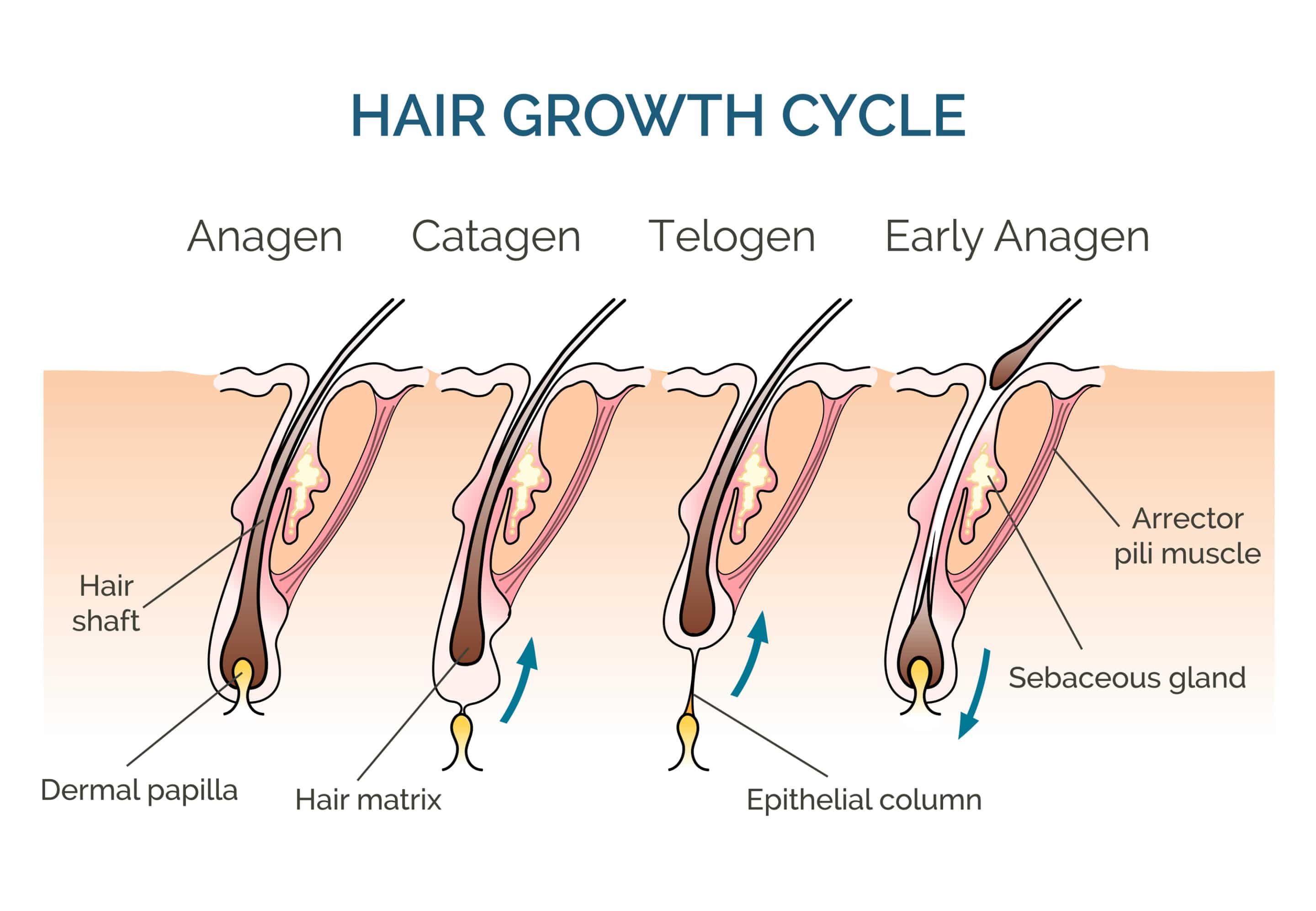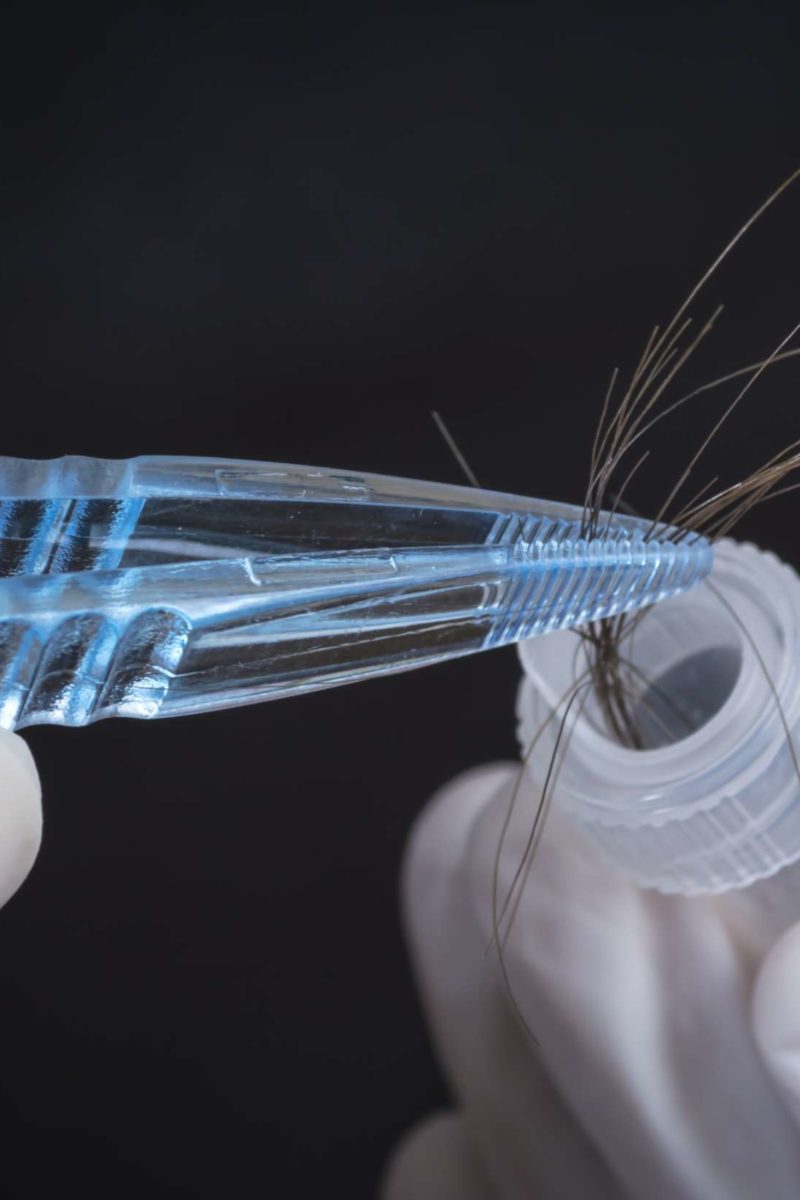Table Of Content
- Avoid harsh hair products
- Wild Science Lab Launches “Happy Balance” Clarifying Essence, A Revolutionary Skincare Solution
- How fast does hair grow per month?
- Keep up with vitamins and nutrients
- QQ: How Long Can My Hair Grow In a Month?
- How To Keep Your Ends Healthy and Prevent Breakage:
- Your Water
- Factors that slow hair growth

While a scalp massaging tool may be a great way to get the job done, experts theorize that a manual (using your hands) massage may be just as beneficial. Shampoos and topical products targeting dandruff may also help promote hair growth. Don't hold your breath if you're looking to grow your hair out in a month.
Avoid harsh hair products
Hair grows because matrix cells shed some of their structure as they reach the upper follicle. The shed structure combines with keratins to form hair strands that exit your skin’s surface. How long the anagen phase lasts depends on how long your hair is and if the cells in your follicle base are continuing to multiply and become hair cells. According to The Trichological Society, there is little evidence to suggest that using special shampoos or taking supplements can make hair grow any quicker. The best approach to getting the nutrients your hair needs–such as protein, iron, zinc, vitamin C, and hair-healthy omega-3s–is to eat them.
Wild Science Lab Launches “Happy Balance” Clarifying Essence, A Revolutionary Skincare Solution
Improve your hair’s health from the outside in by applying hair masks regularly. Note that this method is not as precise, as your ends could have worn or broken off making it seem like your hair has not grown as quickly. Remember, it’s not always about how much grows but also how much remains intact without breaking.
How fast does hair grow per month?
Finasteride works by preventing the conversion of testosterone into dihydrotestosterone (DHT), a hormone that plays an important role in male pattern hair loss. Finasteride continues to help prevent hair loss as long as you use it. Scalp massages are relaxing and may increase blood circulation to hair follicles. Nutrients like biotin, omega-3 fatty acids, vitamin C, and vitamin D are important for hair health. However, research shows supplements are not needed unless you have a vitamin deficiency.
Keep up with vitamins and nutrients

Most chemotherapy drugs work by attacking rapidly dividing cells. Rapid cell replication is one of the hallmarks of cancer; however, hair follicle cells also grow and divide quickly. Consequently, the chemotherapy drugs usually inhibit hair growth.[16] The dose and type of medicine will determine the severity of hair loss. Once the course of chemotherapy has ended, new hair growth may begin after three to 10 weeks. In one review, researchers found that these three oils can improve scalp health. Still, there is a lack of studies proving that any essential oil will make your hair grow faster.
Research shows that regular scalp massage can increase hair thickness by applying mechanical stress to cells in the scalp's deeper layers. While there's no one-size-fits-all routine for speeding up hair growth, several different methods may contribute to a healthier scalp and strands. Options include a variety of products, tools, nutrients, medications, and hair care techniques that may be beneficial for enhancing hair strength, regrowth, and thickness. For example, dandruff shampoos with zinc pyrithione, salicylic acid, sulfur, selenium sulfide, ketoconazole, and coal tar can control dry, flaky skin on the scalp. They also help prevent the itching and scratching that can worsen hair loss—allowing the hair follicles to focus on hair growth and strength.
I Grew Out My Grey Hair At 42 - Chatelaine - Chatelaine
I Grew Out My Grey Hair At 42 - Chatelaine.
Posted: Thu, 25 Jan 2024 08:00:00 GMT [source]
How To Keep Your Ends Healthy and Prevent Breakage:
Experts estimate that about 5 percent of hair is in this stage at any moment. When diagnosing a health issue related to hair loss, the healthcare provider will typically ask about your medical history and examine your hair and scalp. They may run blood tests to diagnose any underlying medical conditions, and possibly request a biopsy of your scalp tissue to determine the cause of your hair loss. Hair growth issues aren’t a problem on their own, but sometimes they point to an underlying medical condition. It’s important to connect with a healthcare provider if you are noticing significant changes in hair growth or are losing noticeably more hair. Typically, hair grows an average of about half an inch each month.
A go-to hair growth helper for Reavey is dermarolling, a microneedling device that can be used at home. “It creates micro fractures in the skin and that makes the stem cells produce more growth hormones. That's why the cell turnover is much faster on the skin, and the same applies to the scalp.” She recommends doing it once a week on a clean scalp.
Factors that slow hair growth
According to Dr. Gohara, around 90% of hairs are in this phase at any given time. Many genetic and environmental factors influence the rate of hair growth, Dr. Mia Jing Gao, a consultant dermatologist at the Cadogan Clinic in England, told Live Science by email. During the exogen phase, which can last about 2 to 5 months, new hairs are growing in the follicles as old hairs fall away. An estimated 10 to 15 percent of your scalp hairs are in this phase.
Intensive treatment for fragile, damaged hair prone to split ends and breakage. Research has linked biotin deficiency to hair loss, though deficiency in the vitamin is rare. As always, check with your doctor before starting any supplement. If your hair loss is caused by a medical condition, you’ll need treatment to address the full condition — not just its symptoms — before the hair can recover. When you shave your hair, you’re only removing the top part of the hair follicle.

The catagen phase lasts about 10 days, when hair follicles shrink and the hair growth slows down. Racial differences in hair growth rate appear to be determined by genetic factors, rather than environmental factors, according to a 2016 study published in the European Journal of Dermatology. Human hair follicles are very sensitive to the effects of radiation therapy administered to the head, most commonly used to treat cancerous growths within the brain. Hair shedding may start as soon as two weeks after the first dose of radiation and will continue for a couple of weeks.
As hair typically grows at about half an inch per month (or approximately 0.125 inches per week), you can expect your hair to grow about 0.25 inches or a quarter of an inch in 2 weeks. Remember, this is an average, and the actual length could be more or less due to age, genetics, and hair care habits. Hair loss due to breakage or poor practices could also affect your net length gain. Stress is one of the most significant factors determining how much hair grows in a month.

No comments:
Post a Comment